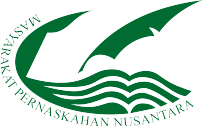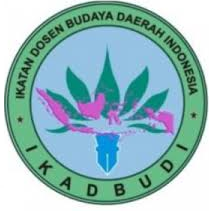MODEL TERJEMAHAN IGB SUGRIWA DALAM KAKAWIN RĀMATANTRA: USAHA MENGALIRKAN MATA AIR SASTRA KE BERBAGAI TELAGA ZAMAN
DOI:
https://doi.org/10.25078/kalangwan.v12i2.1755Keywords:
Keywords: IGB Sugriwa, Literature, and Translation ModelAbstract
Abstract
Translating is one of the pinnacles of IGB Sugriwa's skills which are now increasingly rare. Therefore, this article aims to discuss two things,: (1) tracing the translated works produced by IGB Sugriwa; (2) the translation model developed by IGB Sugriwa in the Kakawin Rāmatantra. To achieve this goal, this article uses the methods of providing data, analyzing data, and presenting the results of the analysis. At the stage of providing data, observation and interview methods were used to find the translated works of IGB Sugriwa. Furthermore, IGB Sugriwa's translations were classified according to genre and Kakawin Rāmatantra was analyzed to find the translation model developed by IGB Sugriwa. Based on this analysis, this article finds that IGB Sugriwa has translated 13 literary works. Translated works are included in literature such as Kakawin Dharma Shunya (1954), Kakawin Sutasoma (1956), Bharata Yuddha (1958), Kakawin Ramayana (1960), Kakawin Arjuna Wiwaha (1961) and Kakawin Rāmatantra (t.t). Meanwhile, the translation works included in the speech are Sang Hyang Kamahayanikan (1957) and Sarasamuccaya (1967). Meanwhile, IGB Sugriwa was also quite productive in translating texts related to traditional Balinese historiography across clans such as the Babad Pasek (1957), Babad Blahbatuh (1958), Dwijendra Tattwa (1967), Babad Pasek Kayu Selem (tt), and the Pande Inscription. (tt). The translation model developed by IGB Sugriwa in the Kakawin Rāmatantra is formulated into four stages, namely (1) kosabasa (vocabulary); (2) kretabasa (grammar), (3) bhasita paribhasa (language style); and bhasita mandala (cultural context.












